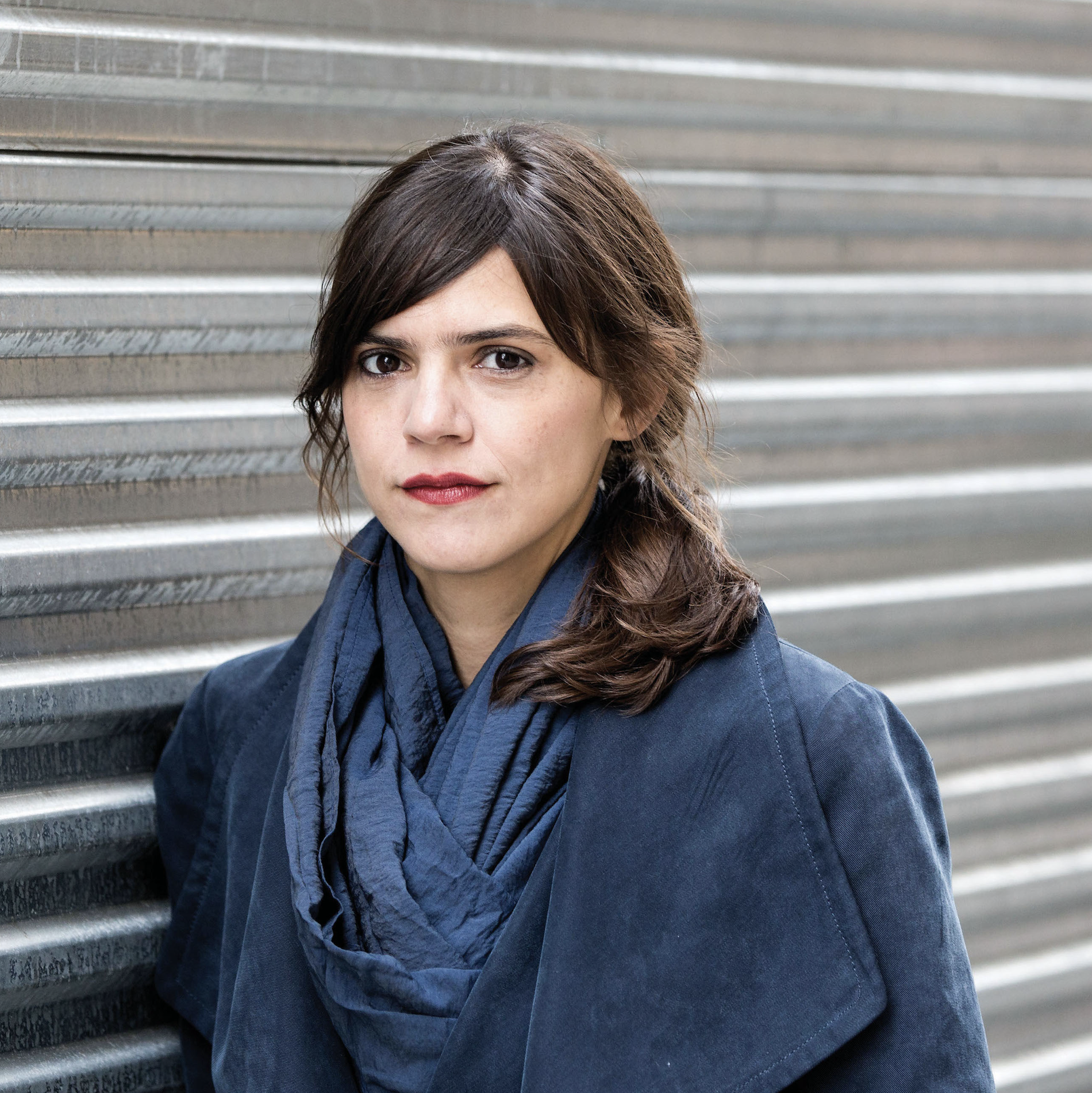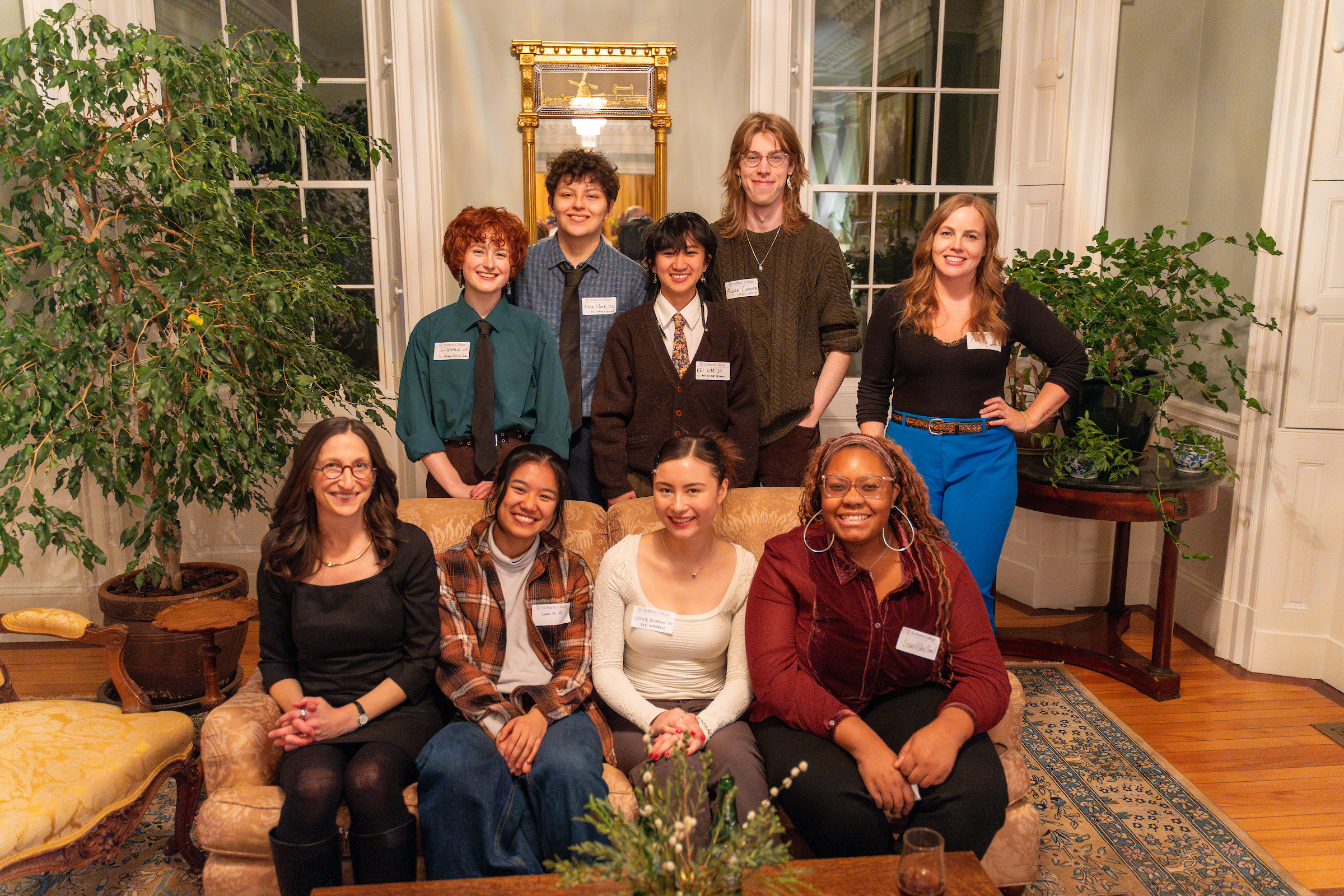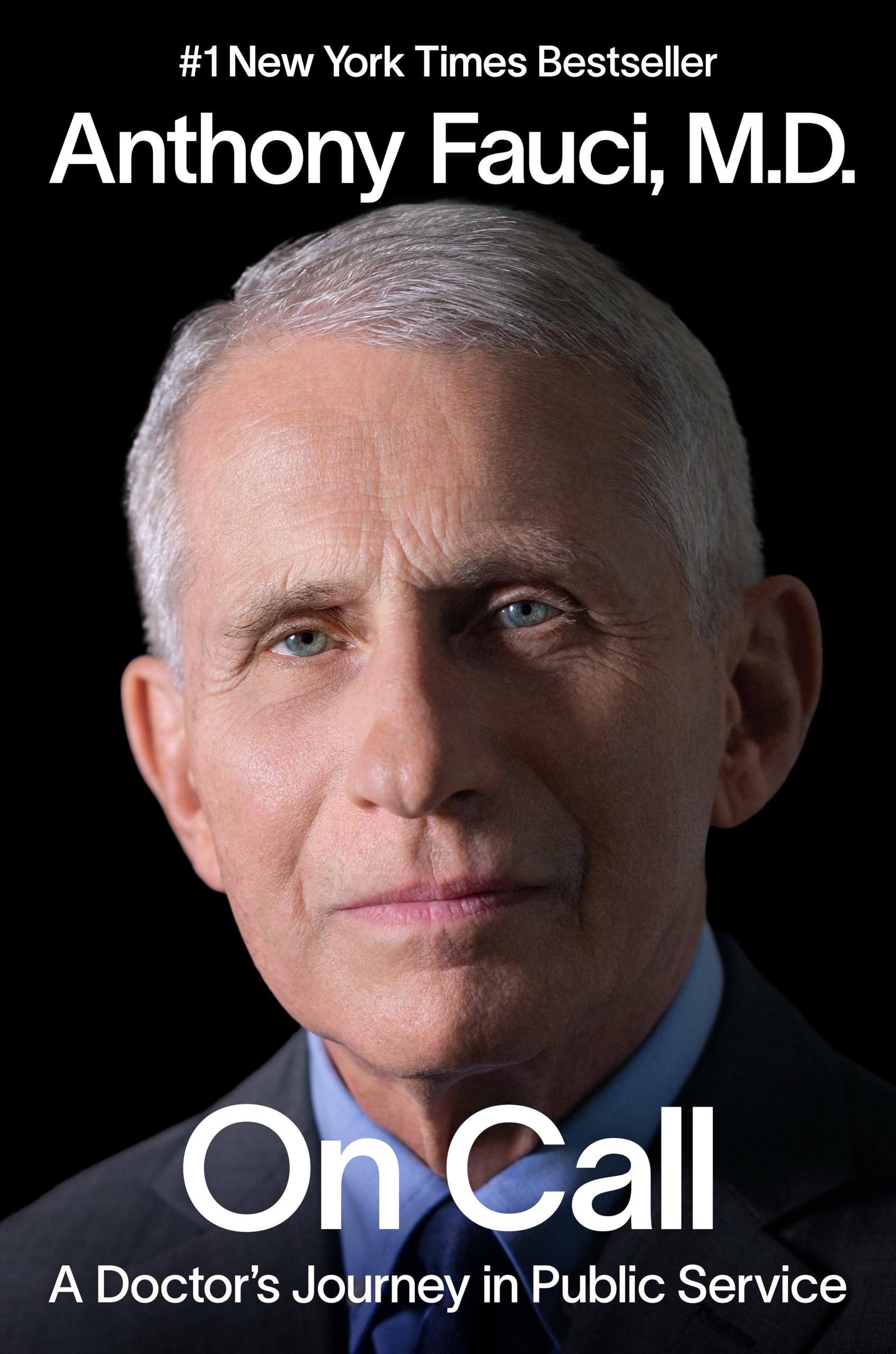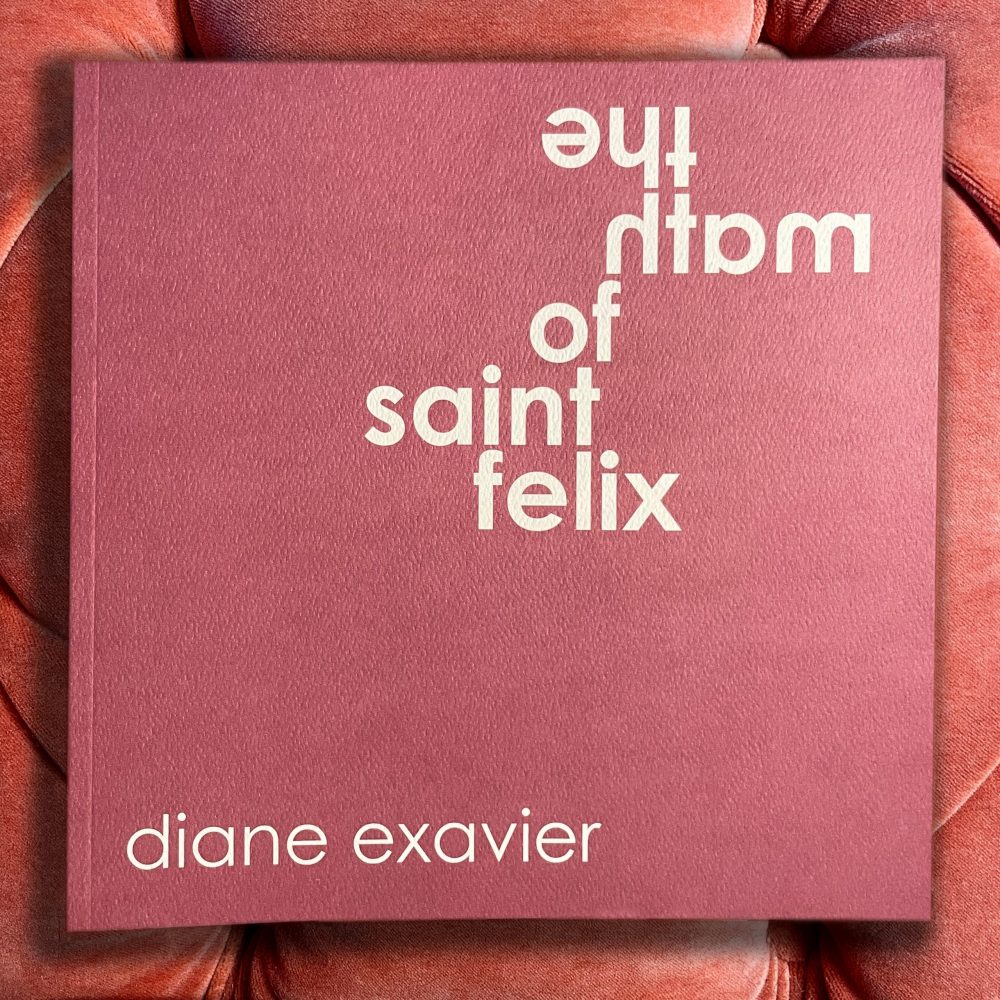This piece is excerpted from Tell Me How It Ends by Valeria Luiselli, a guest at Amherst College’s 2023 LitFest. Register for this exciting celebration of Amherst’s literary life.

“Why did you come to the United States?” That’s the first question on the intake questionnaire for unaccompanied child migrants. The questionnaire is used in the federal immigration court in New York City where I started working as a volunteer interpreter in 2015. My task there is a simple one: I interview children, following the intake questionnaire, and then translate their stories from Spanish to English.
But nothing is ever that simple. I hear words, spoken in the mouths of children, threaded in complex narratives. They are delivered with hesitance, sometimes distrust, always with fear. I have to transform them into written words, succinct sentences, and barren terms. The children’s stories are always shuffled, stuttered, always shattered beyond the repair of a narrative order. The problem with trying to tell their story is that it has no beginning, no middle, and no end.
When the intake interview with a child is over, I meet with lawyers to deliver and explain my transcription and occasional notes. The lawyers then analyze the child’s responses, trying to come up with options for a viable defense against a child’s deportation and the “potential relief ” he or she is likely to get. The next step is to find legal representation. Once an attorney has agreed to take on a case, the real legal battle begins. If that battle is won, the child will obtain some form of immigration relief. If it is lost, they will receive a deportation order from a judge.
I watch our own children sleep in the back seat of the car as we cross the George Washington Bridge into New Jersey. I glance back now and then from the copilot’s seat at my ten-year-old stepson, visiting us from Mexico, and my five-year-old daughter. Behind the wheel, my husband concentrates on the road ahead.
It is the summer of 2014. We are waiting for our green cards to be either granted or denied and, in the meantime, we decide to go on a family road trip. We will drive from Harlem, New York, to a town in Cochise County, Arizona, near the U.S.-Mexico border.
According to the slightly offensive parlance of U.S. immigration law, for the three years or so that we had lived in New York we had been “nonresident aliens.” That’s the term used to describe anyone from outside the United States—“alien”—whether or not they are residents. There are “nonresident aliens,” “resident aliens,” and even “removable aliens”—that I know of. We wanted to become “resident aliens,” even though we knew what applying for green cards implied: the lawyers, the expenses, the many vaccinations and medical exams, the months of sustained uncertainty, the rather humiliating intermediate steps, such as having to wait for an “advance parole” document in order to be able to leave the country and be paroled back in, like a criminal, as well as the legal prohibition against traveling abroad, without losing immigration status, before being granted advance parole. Despite all that, we decided to apply.
When we finally sent out our applications, a few weeks before leaving for our road trip, we started feeling strange, somewhat out of place, a little circumspect—as if throwing that envelope in the blue mailbox on our street corner had changed something in us. We joked, somewhat frivolously, about the possible definitions of our new, now pending, migratory status. Were we “pending aliens,” or “writers seeking status,” or “alien writers,” or maybe “pending Mexicans”? I suppose, deeper down, we were simply asking ourselves, perhaps for the first time, that same question I now ask children at the beginning of each intake interview: “Why did you come to the United States?”
We didn’t have a clear answer. No one ever does. But the deed was done, we had filed our applications, and while we waited for an answer we were not allowed to leave the country. So, when summer arrived, we bought maps, rented a car, packed a few basics, made playlists, and left New York.
The green card application is nothing like the intake questionnaire for undocumented minors. When you apply for a green card you have to answer things like “Do you intend to practice polygamy?” and “Are you a member of the Communist Party?” and “Have you ever knowingly committed a crime of moral turpitude?” And although nothing can or should be taken lightly when you are in the fragile situation of asking for permission to live in a country that is not your own, there is something almost innocent in the green card application’s preoccupations with and visions of the future and its possible threats: polyamorous debauchery, communism, weak morals! The green card questionnaire has a retro kind of candor, like the grainy Cold War films we watched on vhs. The intake questionnaire for undocumented children, on the other hand, reveals a colder, more cynical and brutal reality. It reads as if it were written in high definition, and as you make your way down its forty questions it’s impossible not to feel that the world has become a much more fucked-up place than anyone could have ever imagined.
Used by permission from Tell Me How It Ends(Coffee House Press, 2017). Copyright © 2017 by Valeria Luiselli.
Valeria Luiselli was born in Mexico City and grew up in South Korea, South Africa and India. An acclaimed writer of both fiction and nonfiction, she is the author of Sidewalks, Faces in the Crowd, The Story of My Teeth, Tell Me How It Ends: An Essay in Forty Questions and Lost Children Archive. She is the recipient of a 2019 MacArthur Fellowship and the winner of a DUBLIN Literary Award, two Los Angeles Times Book Prizes, the Carnegie Medal and an American Book Award, and has been nominated for the National Book Critics Circle Award, the Kirkus Prize and the Booker Prize. She has been a National Book Foundation “5 Under 35” honoree and the recipient of a Bearing Witness Fellowship from the Art for Justice Fund. Her work has appeared in The New York Times, Granta and The New Yorker, among other publications, and has been translated into more than 20 languages. She is a professor at Bard College and lives in New York City.




